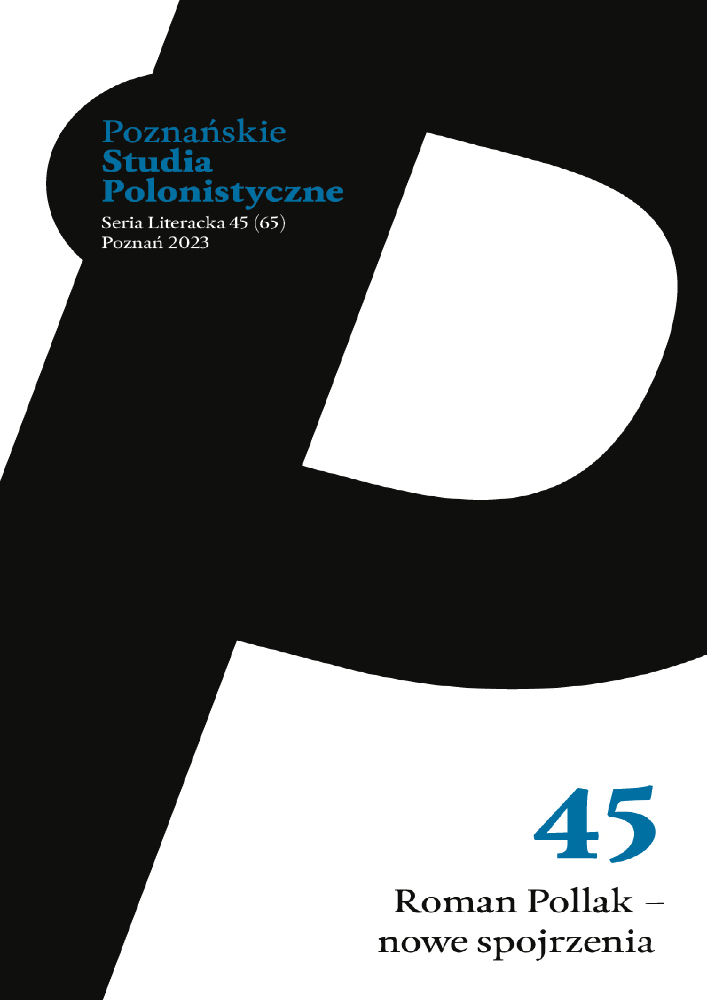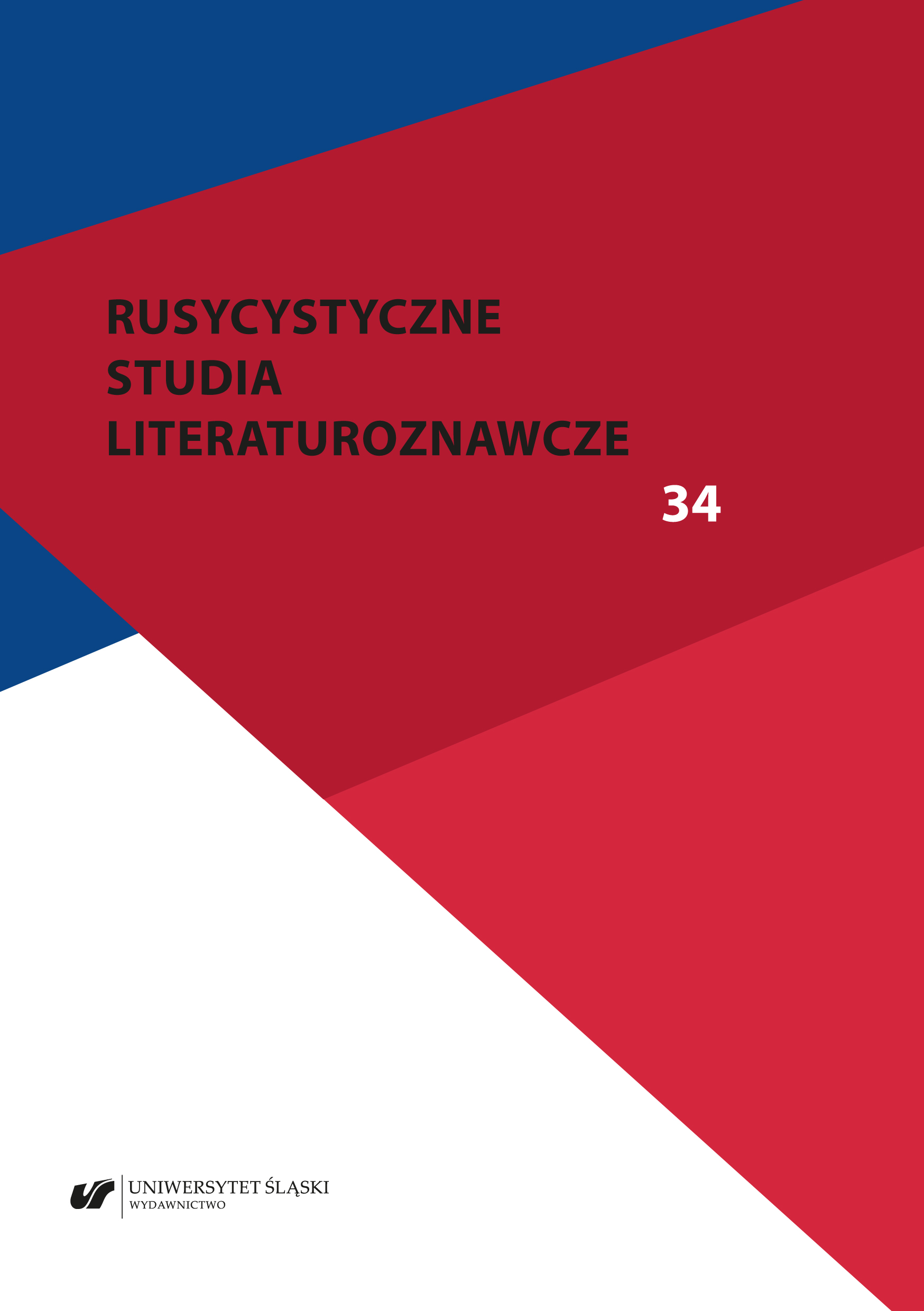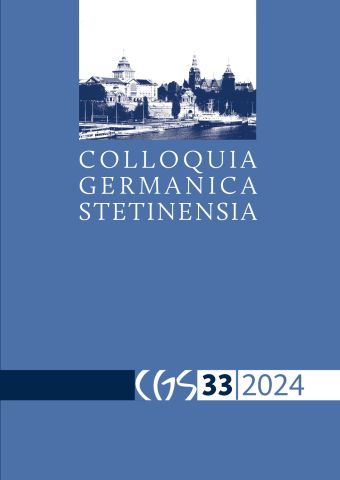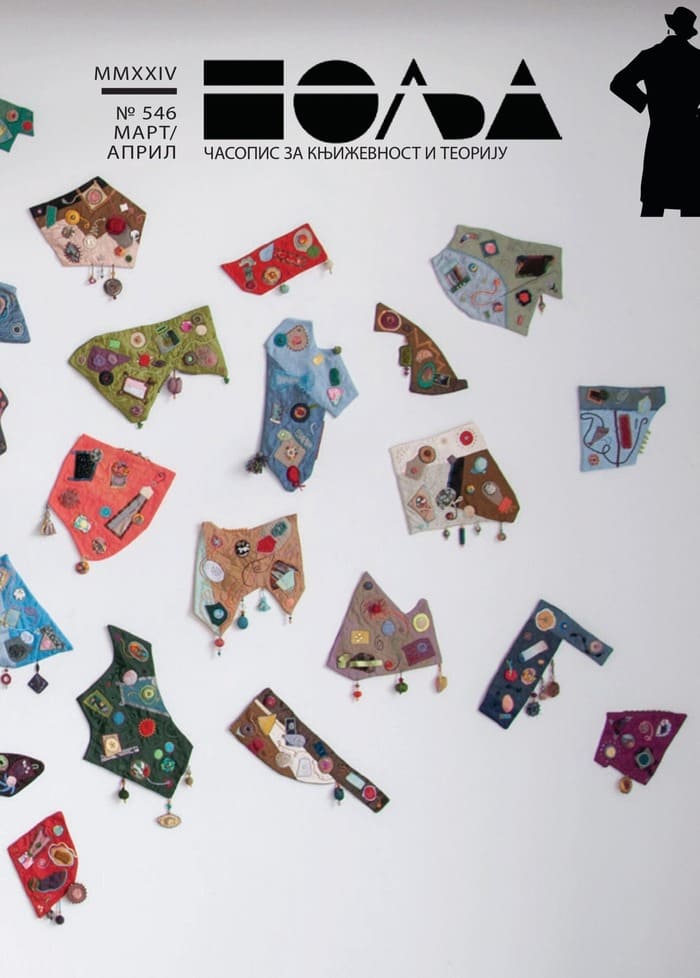„Pssst. Gebrauche deine Augen, Einstein”. Keine Rückbindungen an ein Wunderland im Roman ,,Wunderzeit" von Cătălin Dorian Florescu
The novel Wunderzeit is based on true events. Cătălin Dorian Florescu fictionalizes aspects of his own family history. The story is told from the perspective of a fictional teenager Alin who looks back at his own childhood. The first two chapters of the novel are centered on the perception of colors and are packed with rich imagery around three prevalent colors: yellow, red and black. These colors draw the reader’s attention to symbolic objects from the past: yellow was the shield on the road to freedom. Vivid red was the color of fresh and tasty tomatoes on the screen of a Grundig-TV. Red was the color of angry faces; red was the color of wounded faces. The scary flag of tyranny was red. Full of darkness is the experience of Alin and his friend on a black roof. As the story begins to develop, the narrator Alin leads us to believe that the earlier days of his life have been full of wonderful magical twists. In fact no altered perception in a traditional, romantic, dreamy sort of way is allowed. Homeland was no wonderland. Alin is not a victim of distorted sensory perceptions during trauma and stress. Habitual coolness and good humor are his secret weapons against collective insanity.
More...






